Class 6: Photography/Reproduction/Digital Media
1/15
There's no tags or description
Looks like no tags are added yet.
Name | Mastery | Learn | Test | Matching | Spaced |
|---|
No study sessions yet.
16 Terms
Key Ideas (4)
1. How do meanings change when distinguishing between the photographic image and the photograph as an object?
The image:
(1) Interpretations based on narrative scene, symbollic meanings & form
(2) The image as a stable visual signifier; its meaning transcending its physical form
The photograph as an object:
(1) Its physical & material qualities: how was the image experienced, interacted with, and circulated within a physical economy?
(2) How does the above change as photograph’s physical form changes? (e.g. digitization)
(3) How do we form relationships with images as their physical forms change? (e.g. commodity fetishism)
The poor image
Can be distributed more widely BUT can also be co-opted/manipulated
Reproduction
The Work of Art in the Age of Mechanical Reproduction (1935) by Walter Benjamin
The work of art loses its aura through technological reproduction
Both mourns the aura & welcomes its destruction ⭐
Aestheticisation of politics vs. Politicisation of aesthetics
Discussed in Walter Benjamin’s The Work of Art
Aestheticisation of politics: the destruction of humanity itself becomes an aesthetic experience
Leads to fascism & war
Politicisation of aesthetics: aesthetics used for political goals
Digital reproduction (2)
Virtual/digital worlds constitute part of our lived realities
Images & pixels are not just representations of reality, but ARE reality
E.g. We engage w/ them through tactile devices (e.g. ipads, laptops)
Reality of negative ecological impacts
Against the Anthropocene by T.J. Demos
Emphasises the ecological burden & materiality of something that seems so immaterial
Visualisations of the anthropocene are often made up of vast amounts of data
Collected by satellite centers, transformed into digitised files
Assumptions: data as invisible & hyper readable
In art: environmental toxicity is transformed into visual splendour
Our perverse enjoyment of the forces leading to our self-destruction
E.g. Louis Helbig, Effluent Steam (2012)
Walter Benjamin, 'The Work of Art in the Age of Mechanical Reproduction' (4)
Tradition vs. Reproduction
Tradition: the unique existence of artworks
Reproduction detaches the reproduced object from tradition
Leaves us w/ a cultic awe of an earlier, pre-technological age (fetishisation of the unique art object)
Cult value (based on tradition & ritual) vs. Exhibition value (based on accessibility & mass consumption)
Aura
An artwork's presence in time & space, arises from the work's material uniqueness
The work of art loses its aura through technological reproduction
CANNOT be communicated through mechanical reproduction techniques
Today: tendency to use this idea to establish material hierarchies (e.g. photography vs. painting, high art vs. mass culture)
BUT we shouldn't extrapolate fixed meanings in Benjamin’s texts
He DIDN’T equate ‘aura’ to a particular medium (e.g. painting) ⭐
Mechanical reproduction as ambivalent & double-edged
Both mourns the aura & welcomes its destruction
New technologies: emancipatory & demystifying = more democratic access to art
Semantics
● Ferdinand de Saussure (Swiss linguist, father of semantics)
● Sign = anything that conveys meaning
● Signifier = things that give meaning (e.g. word/image)
● Signified = mental concept evoked in the mind
John Berger, 'Ways of Seeing' (4)
Existing traditions of European painting
Singular perspective: privileging of the eye of the beholder
BUT:
(1) The eye must be physically present alongside the object to perceive it
(2) The human eye can only be in 1 place at a time
Invention of the camera in the 2nd half of the 20th century
The image travels to the viewer, rather than the other way around
Consequences:
(1) Has multiplied the possible meanings of a painting & destroyed its unique original meaning
Removed from their original locational contexts ⭐, which constituted part of its meaning
We can now see them in the context of our own lives (e.g. on a wall in our room)
(2) Images can be used by different parties to different ends
The meaning of a painting is no longer attached to its physical form, but has become transmittable
E.g. film vs. painting
Unfolding time vs. all elements present simultaneously
Zooming in & framing can alter our interpretation of the painting vs. you can move closer to observe details WITHOUT losing the context of the rest of the image, which is constantly present in your viewing experience
The market value of an artwork now depends on it being genuine
False religiosity evoked in the name of culture & civilisation (but usually linked w/ cash value)
NOT necessarily a negative development, as long as we remain aware of what is happening
Geoffrey Batchen, 'Apparitions: Photography and Dissemination' (4)
Reproducibility is central to photography’s mode of being in the world
Capacity to:
Adopt different media, sizes, formats
Have many authors
Appear simultaneously in many places at once
The multiplicity of physical manifestations of photographs matches a similar proliferation of meanings & effects
Today: fluidity of photographic identity ⭐
Photographs are not only reproduced but transmuted from 1 state of being to another
Ability to separate a photograph from its image
Commodity fetishism
The commodity, rather than being a use value for people, assumes a power over people
Becomes a kind of God to be worshipped, sought after, & possessed
Paul Wood: The commodity becomes personified, so relations between people become objectified & thinglike
The image is brought closer to us but also distanced from us
Amplifies cult value = commodifies our r/s w/ the image)
The celebrity status of the artwork denies us access to the painting on our own terms
We should aim to write a history of the relationship of a photograph to its reproductions ⭐
Traces NOT just the production of individual photographs, but ALSO their migration as objects & dissemination as images
“Tracking of dispersals & transformations > a celebration of origins”
Hito Steyerl, 'In Defense of the Poor Image' (3)
Poor images
Made by changing tones, clipping/cropping, changing pixel count, etc.
Resolution as a digital value system
Fetishising of resolution/image quality (original = higher value)
Reflects ideas of capitalism
Consequnces of poor images
(1) Allow issues of copyright to be surmounted = images can be distributed more widely
Democratises ownership = radical tool
(2) Poor images can be co-opted & manipulated
Because the poor image is decontextualized & circulated
(3) Has changed the ways we interact w/ digital images today
Creates networks that are either:
(A) Conscious networks of active engagement w/ an image
(B) Unconscious networks of mere awareness of an image
Impression > immersion
We’re okay with seeing something at low resolution, because we care more about short/brief interactions
Roland Barthes, 'Camera Lucida' (1)
Proposes systematic frameworks for how we think about photography
Operator (the 'to do') = the photographer
Spectator (the 'to look at') = the one who views the photograph
Spectrum (the 'undergo') = the subject of the photograph
Studium vs. Punctum
Studium: general investment in the image, extensive, moral/political/cultural interest that can be named
Punctum: Points at us, bruises us, grips us, attracts us to the image, intensive, detail/supplement that cannot be named, intuitive & subjective
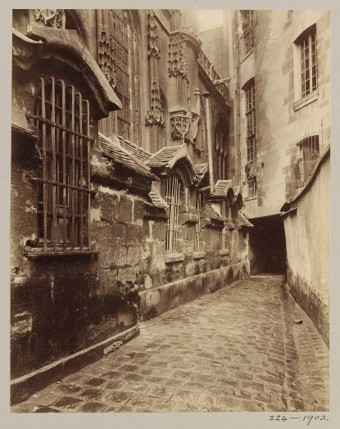
Church of St Gervais, Paris (1897-1903), Eugène Atget
Historical context
Atget
French photographer
Took photos of old, desolate, disappearing parts of Paris
Things being demolished & rebuilt
Gentrification
Interpretation
Politicisation of aesthetics
Through his choice of subject matter
Photography as a political gesture
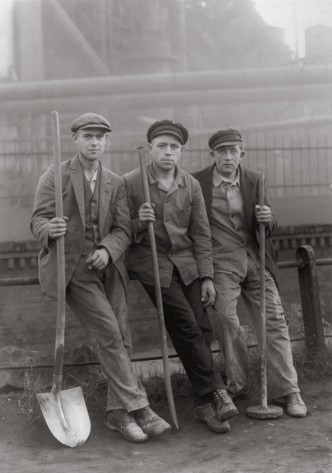
Workmen in the Ruhr Region (ca. 1928), August Sander
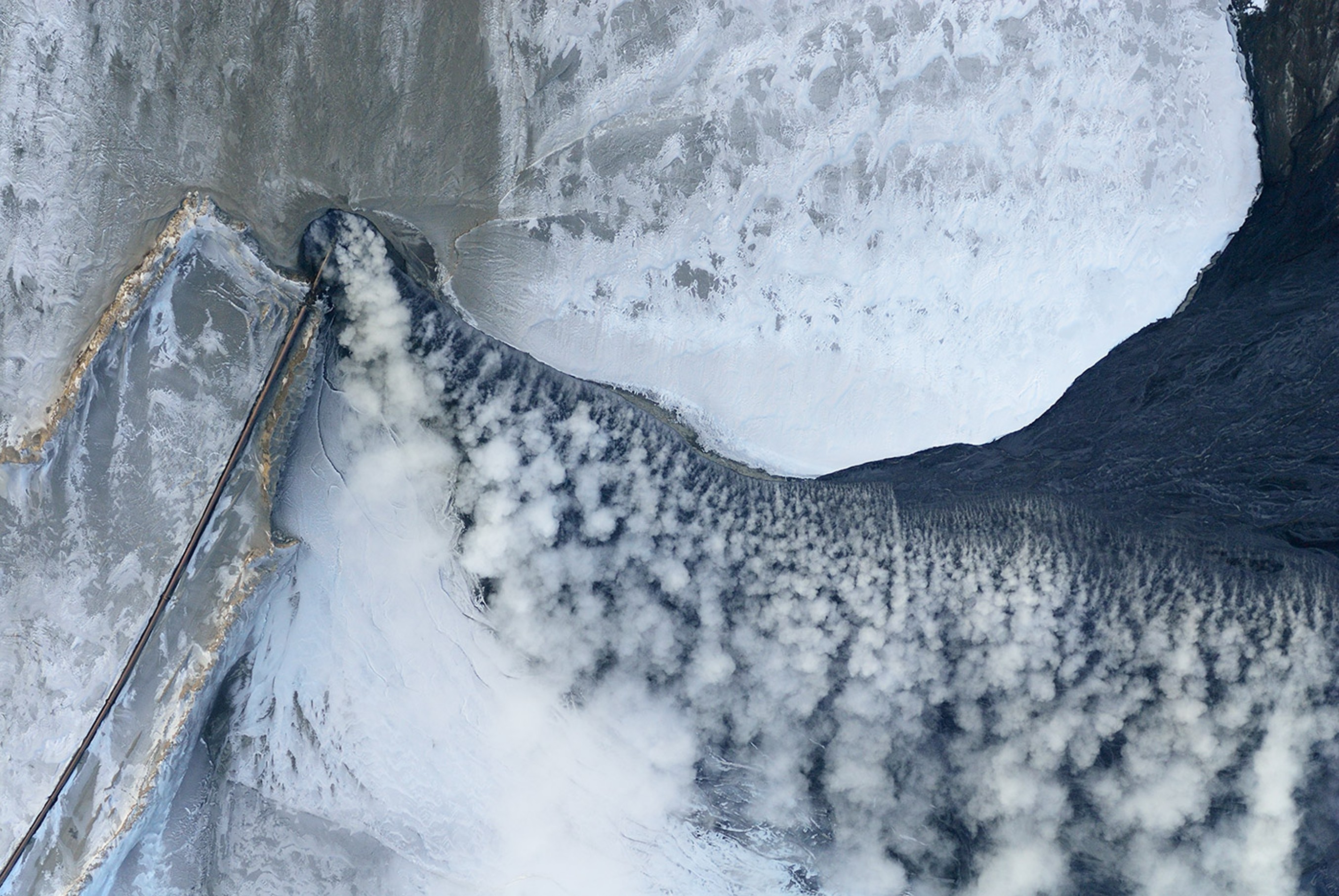
Effluent Steam (2012), Louis Helbig
Historical context
Mentioned in Against the Anthropocene by T.J. Demos
Art that highlights the ecological burden & materiality of something that seems so immaterial (these processes happen in faraway locations)
“Environmental toxicity transformed into visual splendour”
Our perverse enjoyment of the forces leading to our self-destruction
Description
Steam rising from warm effluent (liquid waste) pouring into the frozen, snow-covered tailings pond
Interpretation
Helbig’s images are controversial
Disturbing and contradictory
Beauty of a subject that is so environmentally destructive
He holds the mirror up, forcing us to confront the seductive appeal of our fossil fuel addiction
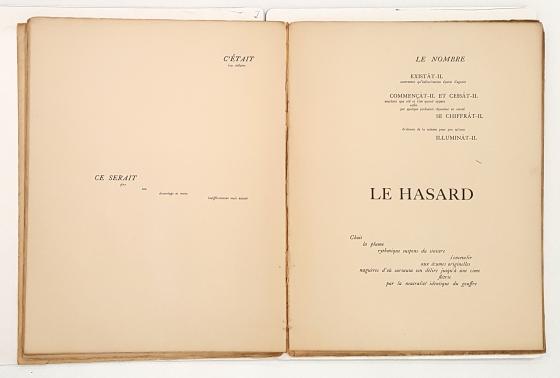
A throw of the dice will never abolish chance (1914 republication), Stephane Mallarmé
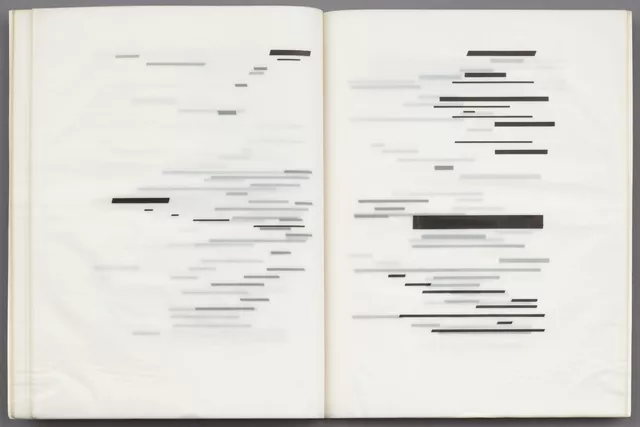
A throw of the dice will never abolish chance (1969), Marcel Broodthaers
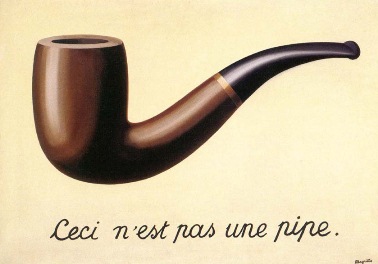
(2)
The Treachery of Images (1929), René Magritte
NOT just a reproduction of an image, but a gold-framed painting hung in a museum accompanied by a label
Distinction between sign, signified & signifier
Formulated by Ferdinand de Saussure, Swiss linguist & father of semiotics
Sign conveys meaning (= pipe)
Signifier gives meaning; a word/image (= image of a pipe)
Signified is what is evoked in the mind by the sign; a mental concept (= the idea of a pipe)
Does NOT represent a specific pipe but a family of pipes, synchronically
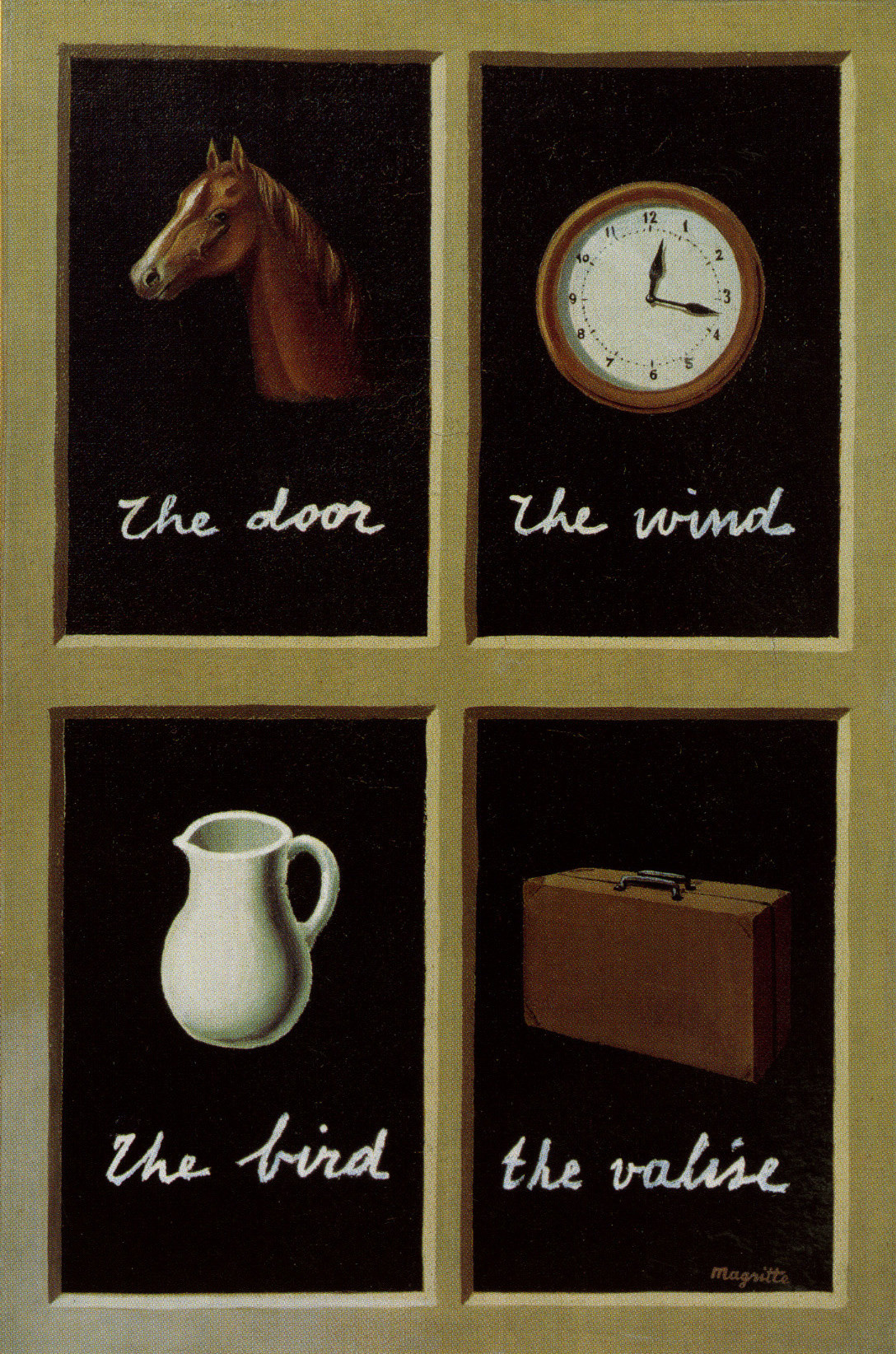
The Interpretation of Dreams (1935), René Magritte
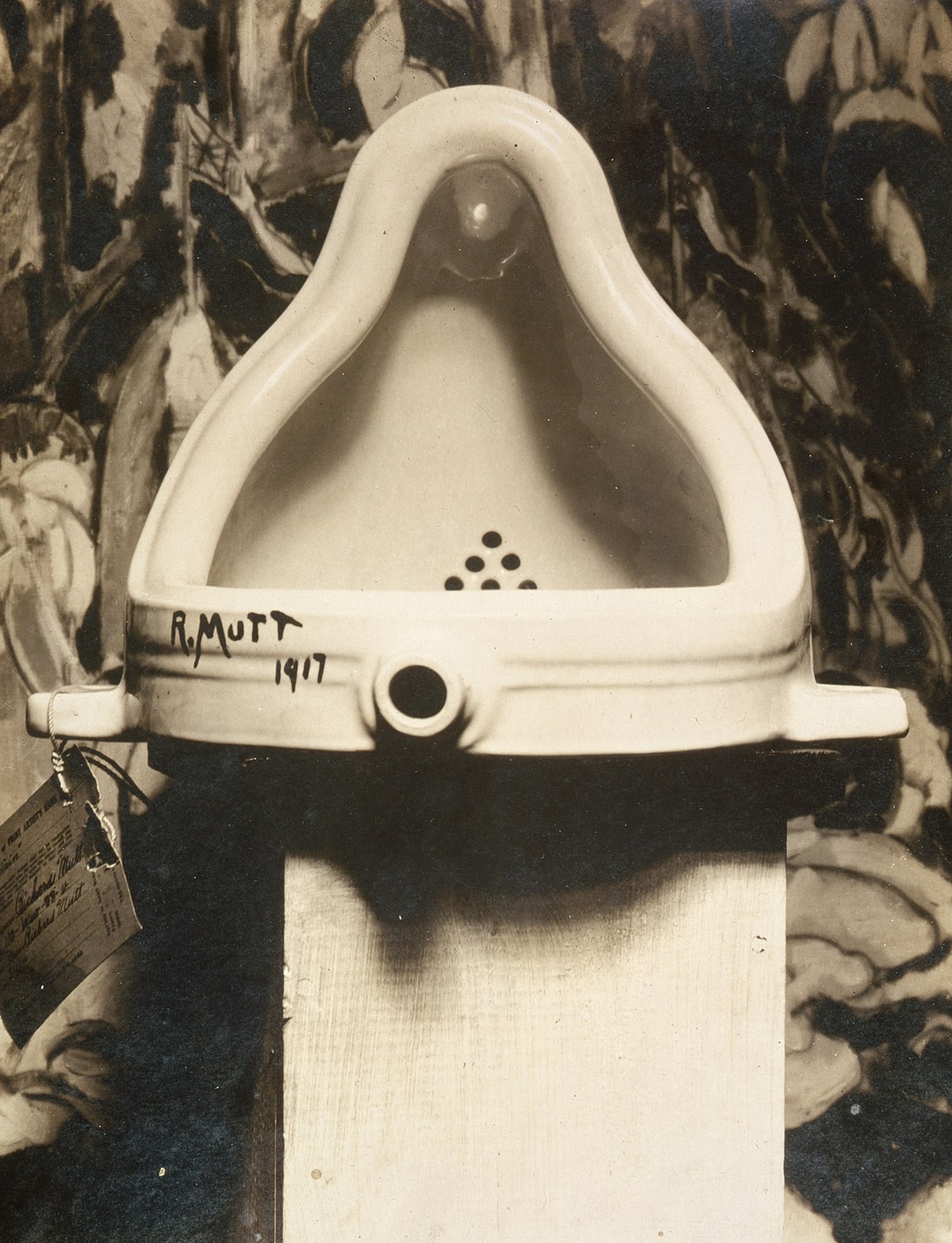
(1)
Fountain (1917), Marcel Duchamp
Reflects the invisible structures of museums, taste, what art is/is not
Rarity, authenticity, originality & uniqueness as markers of value
Implicitly asserted by the space of the gallery/museum
The urinal’s display in a gallery makes it a work of art, not the urinal’s material/visual qualities itself ⭐